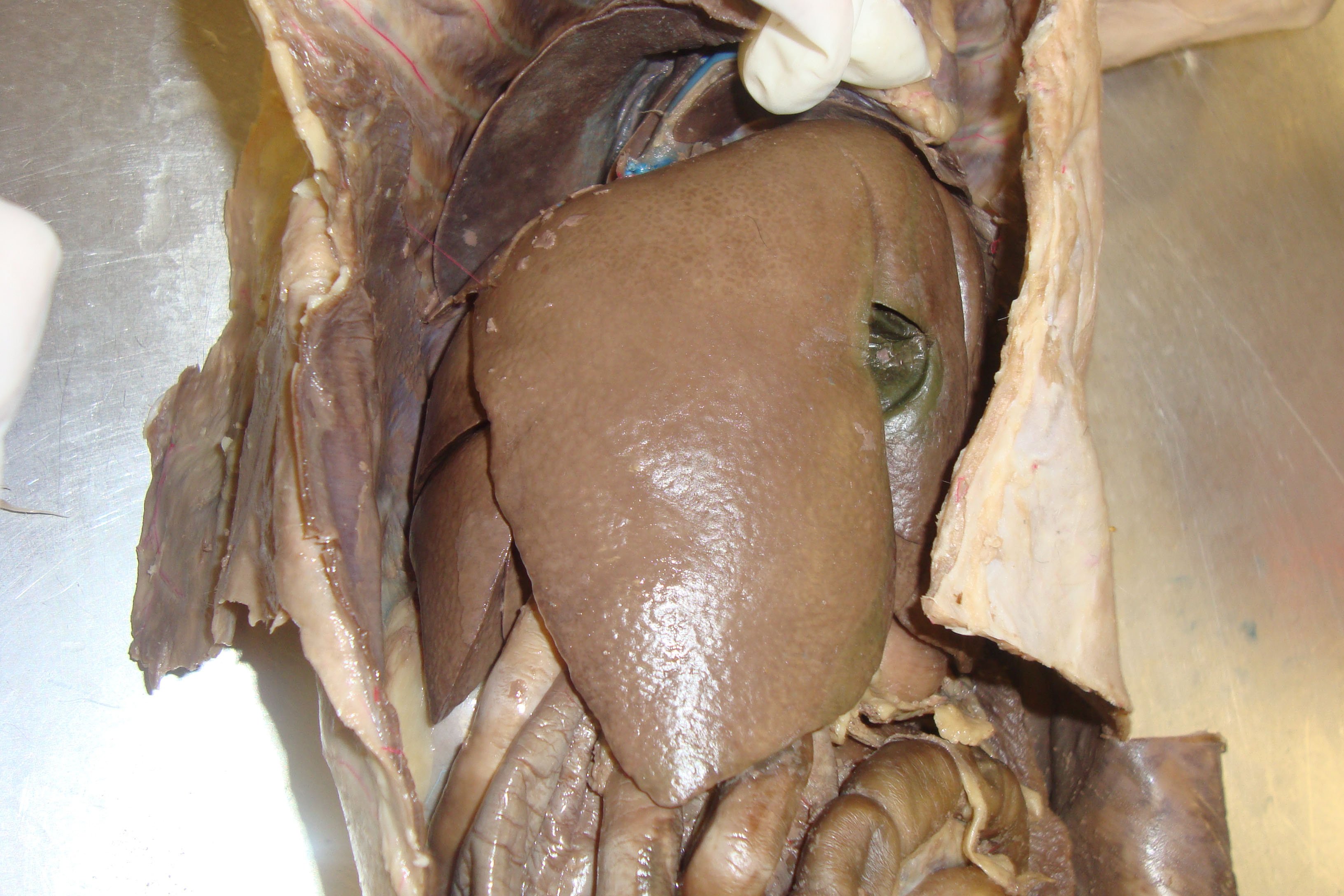
To learn more about this category, visit. We voluntarily list the total amount of caffeine from all sources on the label and ensure consumers know that these drinks are not intended for children, pregnant or nursing women or those sensitive to coffee. Lastly, our member companies – which represent 95% of the energy drinks sold in the US – go above and beyond federal mandatory labeling requirements. Caffeine is a natural substance found in the seeds, nuts and leaves of plants and has been safely consumed in foods and beverages by billions of people every day. The caffeine in energy drinks is the same type of caffeine that either naturally occurs in coffee, tea or chocolate or is added to beverages like soda and energy drinks. For example, a 16 fluid ounce energy drink typically contains between 160 and 240 milligrams of caffeine, while the same size coffeehouse coffee contains around 300 to 330 milligrams. Many people may not know that the amount of caffeine found in mainstream energy drinks is about half the amount of a coffeehouse coffee and is no different than caffeine found in other foods or beverages. Taurine is found naturally in meat, fish, dairy products and. But little is known about the effects of long-term supplemental taurine use. Taurine is thought to have antioxidant properties. This include caffeine as well as other ingredients found in energy drinks, such as B vitamins and taurine which are found naturally in other foods. Taurine in energy drinks: What is it Taurine, which has chemistry similar to other amino acids, is important in several of the body’s metabolic processes. Food and Drug Administration, as safe for consumption. container of an energy drink may contain 54 to 62 grams of added sugar this exceeds the maximum amount of added sugars recommended for an entire day.For today’s Sip & Savor, we’re highlighting some facts about energy drinks that you may not know.įirst, energy drinks have been enjoyed by millions of people around the world for more than 30 years and are recognized by government food safety agencies worldwide, including the U.S.
Definition of taurine in energy drinks driver#
Drinkers who mix alcohol with energy drinks are more likely than drinkers who do not mix alcohol with energy drinks to report unwanted or unprotected sex, driving drunk or riding with a driver who was intoxicated, or sustaining alcohol-related injuries.The CDC reports that drinkers aged 15 to 23 who mix alcohol with energy drinks are four times more likely to binge drink at high intensity (i.e., consume six or more drinks per binge episode) than drinkers who do not mix alcohol with energy drinks.


About 25 percent of college students consume alcohol with energy drinks, and they binge-drink significantly more often than students who don’t mix them.

In 2011, 1 in 10 of these visits resulted in hospitalization. Between 20, the number of energy drink-related visits to emergency departments doubled.cup of coffee contains about 100 mg.) Energy drinks also may contain other ingredients such as guarana (another source of caffeine sometimes called Brazilian cocoa), sugars, taurine, ginseng, B vitamins, glucuronolactone, yohimbe, carnitine, and bitter orange.Ĭonsuming energy drinks raises important safety concerns. can of cola contains about 35 mg of caffeine, and an 8-oz. drink and 113 to 200 mg in an energy shot. Caffeine is a major ingredient in both types of energy drink products-at levels of 70 to 240 mg in a 16-oz. The other kind, called “energy shots,” is sold in small containers holding 2 to 2½ oz. One is sold in containers similar in size to those of ordinary soft drinks, such as a 16-oz. There are two kinds of energy drink products. Men between the ages of 18 and 34 years consume the most energy drinks, and almost one-third of teens between 12 and 17 years drink them regularly. Next to multivitamins, energy drinks are the most popular dietary supplement consumed by American teens and young adults. Energy drinks are widely promoted as products that increase energy and enhance mental alertness and physical performance.


 0 kommentar(er)
0 kommentar(er)
